CZone Signal Interface module long test, replacement impressive
In early 2013, installing a CZone Signal Interface to put Gizmo’s tank levels on my NMEA 2000 network was a very pleasing experience. In fact, I’ve kept it installed for long testing and have become quite dependent on its reliable performance. So it was bad news in January when I somehow bricked the module while trying to update its firmware after all these years — hey, the CZone system isn’t really meant for DIY use — and even worse when I didn’t get back to the boat until just before heading north. But, dang, replacing the Signal Interface also turned out to be pleasing.
First of all, it’s easy to buy MasterVolt CZone system parts like the Signal Interface; while they’re about $249 retail online, they’re also available lower at outlets like eBay (and right out of inventory from the good folks at wholesaler Gemeco for pros). Now note in the photo above how the nicely detachable green terminal block easily fits through the portal that gets filled with the black wire seal.
So, no, I did not even have to switch the wires from Gizmo’s original Wema tank sensors to the new terminal block; that whole block-and-wire assembly simply popped out of the old module and into the new. And if there were other CZone modules installed onboard, the replacement job would have almost been over. As explained here, I could have set the dipswitches (upper right) to give this SI module the same system ID as the old one, a copy of its configuration would have automatically copied over from another module, and done.
- A saved CZone network config is already loaded, but this is how it’s done
- Calibrating poop tank level, note valuable current sensor reading
Instead, I used another level of CZone network backup, which is their PC configuration tool used with a CZone USB CAN Adaptor. Though there’s a lot about the software I don’t understand — see what CZone can do on a Sabre 66 — my task seemed even easier than it did in 2013. I simply loaded the network config file I’d saved just before trying the firmware update in January and then “wrote” it to the network.
Actually I could have used any of the config files I’d saved as I perfected the tank calibration five years ago, but now Gizmo has exactly the tank sensing it had, plus I’m all set up to improve it. In fact, I’m thinking that I could make use of the remaining two signal inputs on the SI and you may see a third screenshot illustration up there soon. Maybe I should be blaming CZone for the module failure, but its replacement sure was impressive.




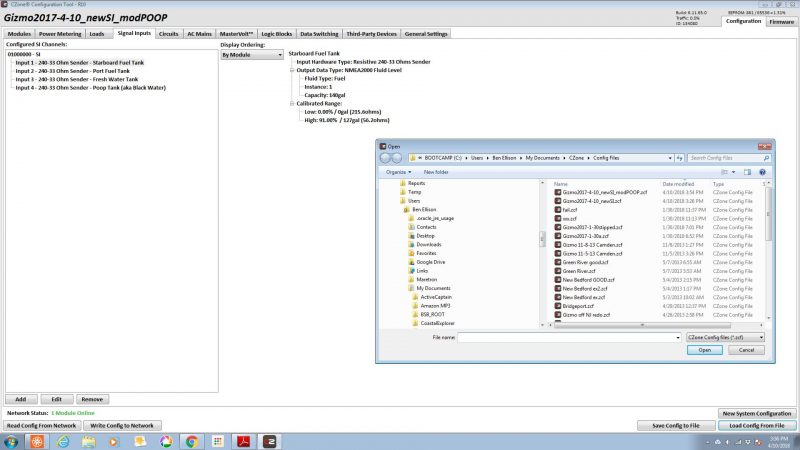
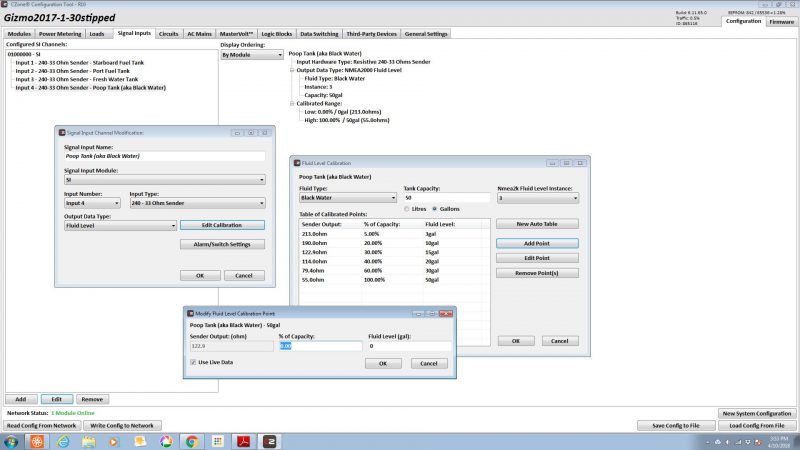
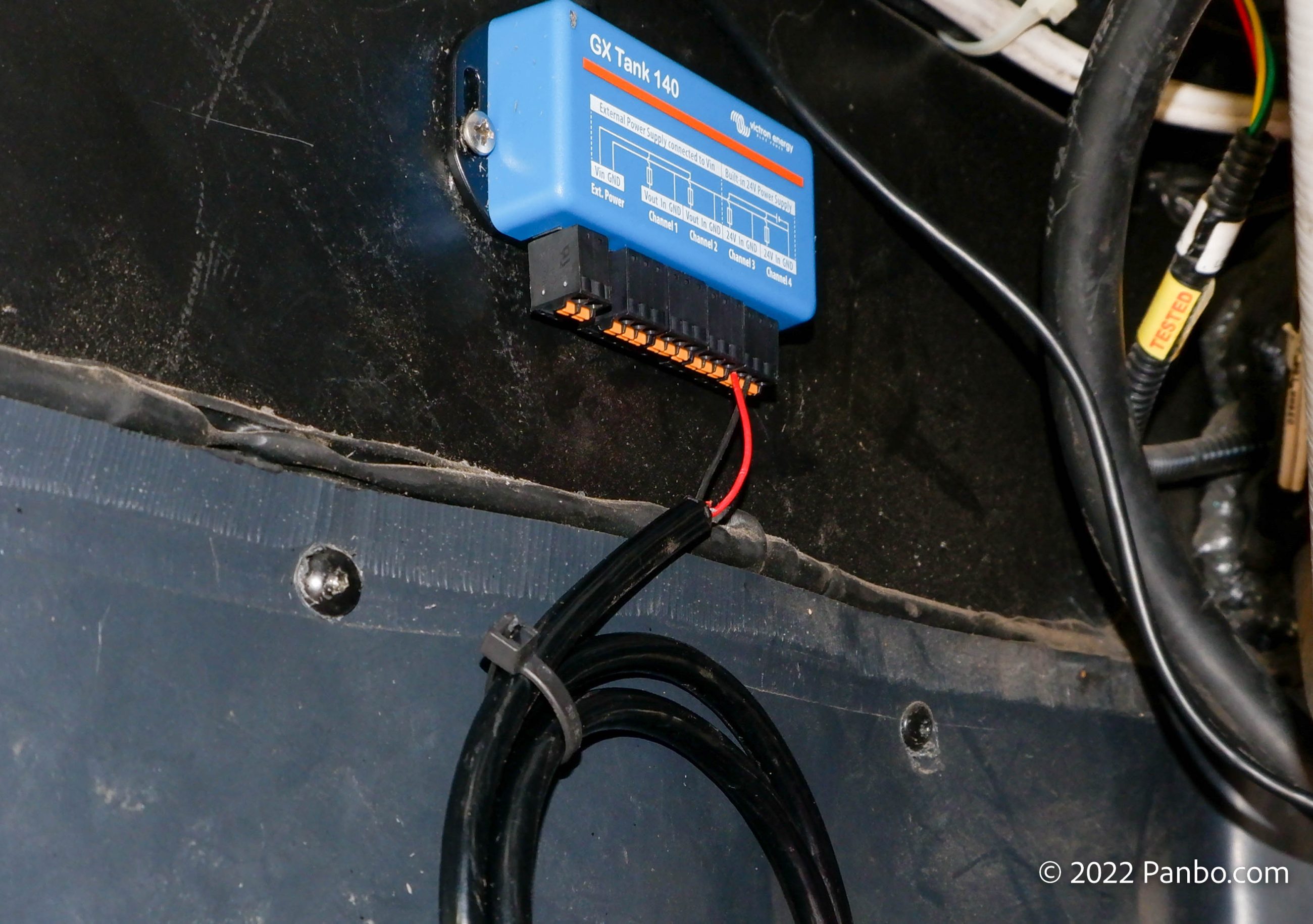
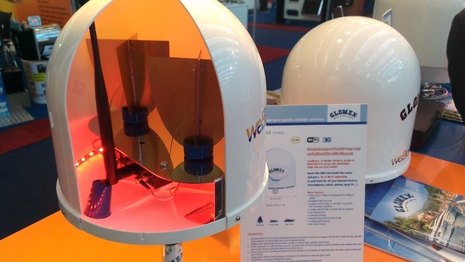
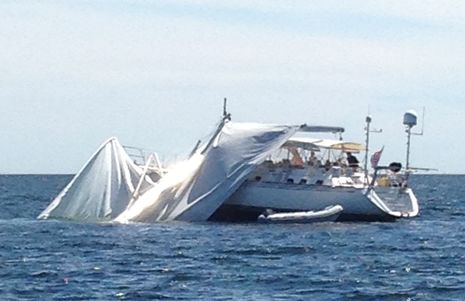
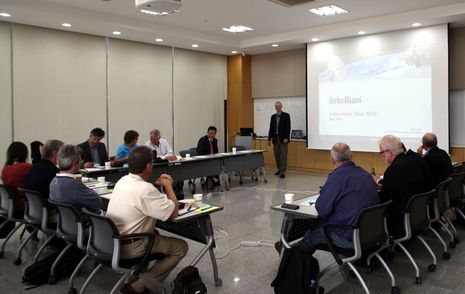







You didn’t mention what you think caused the Dignal Interface to fail
Mark, it happened when I tried to update the module’s firmware, not when it was running normally. A firmware update certainly should not cause a complete module failure, but it was also the first time I’d messed with the CZone software in years. I’m sending it back to Gemeco and maybe they can bring it back to life.
M understanding is that all the modukes’ firmware is updated via an upload of the C-Zone configuration file into the whole C-Zone network (the only directly-firmware-updated devices would be the 10” display & the WIFI interface box that have their own USB ports). Am new to C-Zone so don’t want to make a similar mistake.
In most cases the module can be recovered, Ive been working with Czone for nearly Ten Years since its infancy and While ive seen faulty modules from time to time mainly from Lightening Strikes, generally you can roll back to an older firmware and it will work.. There may have been a thing, bim trying to recall, where older SI (Signal Interface) modules were not compatible with newer firmware due to a newer chipset being used, this would have been from units probably 7-9 years old nowadays. This is unlikely to be seen anymore – especially with any of the new stock. Thanks for the bump Ben on CZoneOnline.com , That is our store
Thanks, James. It’s good to know that my failed SI module may have just been caused by lack of unusual firmware knowledge. It did date back to at least March, 2011, when Jarrod Sagar passed it to me after a Navico demo in Palma, Spain. (It and other CZone modules also survived a week of detention and inspection somewhere in the Madrid airport
One of the ways that your CZoneOnline site impresses is that you share the knowledge well. Thanks again.
Ben – timely article as I’m in the process of adding tank sensors to fresh and holding tanks which currently have none. I was planning the Wema sending units coupled to Simrads own Fluid Level Sensor:
http://ww2.simrad-yachting.com/en-GB/Products/Engine-Management-and-Networking/Simrad-Fluid-Level-Sender-en-gb.aspx
But two of those are almost as much as the CZone SI, and I already have an NSS onboard – so now I’m thinking CZone!
Unfortunately the installation/wiring documentation seems pretty limited – I get this is not supposed to be an end-user technology, but were you able to find any specific step-by-step type documentation for wiring your SI? The 4-page product flyer has some clues, but its not exactly comprehensive. I see in your previous post your ran a total of 5 wires… plus the N2K connection. Also, what other possible uses other than tank measuring could be wired to it? The flyer says it supports 6 devices, but I can’t see how that works if you used 5 of 8 terminals for only two sending units – without documentation it’s hard to know! Thanks,
Hi Grant, It’s been a while, but I’m pretty sure that I used the same wires that went to my former Wema tank level gauge, one negative (that is probably ganged to 4 somewhere in a Gizmo cable space) and one plus wire for each of the four tanks. I think you’ll find that you (or anyone) can register for CZone portal to get all sorts of documentation plus the configuration software, plus CZoneOnline.com has lots of install information.
https://czoneonline.com/blogs/how-to
However, I’m guessing that you did not figure in the cost of the CZone USB Can Adaptor, which does not seem nearly as reasonable as the SI module itself. I suspect that you could handle the install and tank calibration fine, but it might be a smart play to find a pro who already has the adaptor. Whoever does it, the calibration is excellent and easy, and sounds much more capable than the 2-5 point style offered with the Navico sensor adapter.
Also your NSS can integrate far deeper with CZone than simply displaying N2K data coming from the SI. That won’t matter much unless you eventually got more modules, but you too could have a Black Water Tank gauge that reads “Poop Tank” instead
PS Besides inputs from standard tank senders (0-5V, 10-180 Ohm, 240-33 Ohm), the SI can accept inputs from switches that control outputs, switches that trigger alarms (i.e. high water float switch), and inputs from general voltaic or resistive signals (that can be used for controlling outputs or to display a physical position i.e. show a hatch is partially open).
Ben thanks for the quick response. I forgot you had 4 tanks plus ground, that would account for the 5 wires.
You’re right I didn’t figure in the CAN adaptor, but I thought I read that wasn’t necessary for calibration if there was a Simrad MFD in the system? Maybe not..
Anyhow I did register at CZone and downloaded a bunch of documents, I’ll study harder and see if I can come up with a plan. I’ll check out CzoneOnline as well – thanks
send us a message on the contact czoneonline.com website and Id be happy to help you out. We are a distributor, not the manufacture, but we are always happy to help out our customers and have a lot of field experience with Czone.
James, I sent an email to your contact website last week as suggested, awaiting your response – thank you,